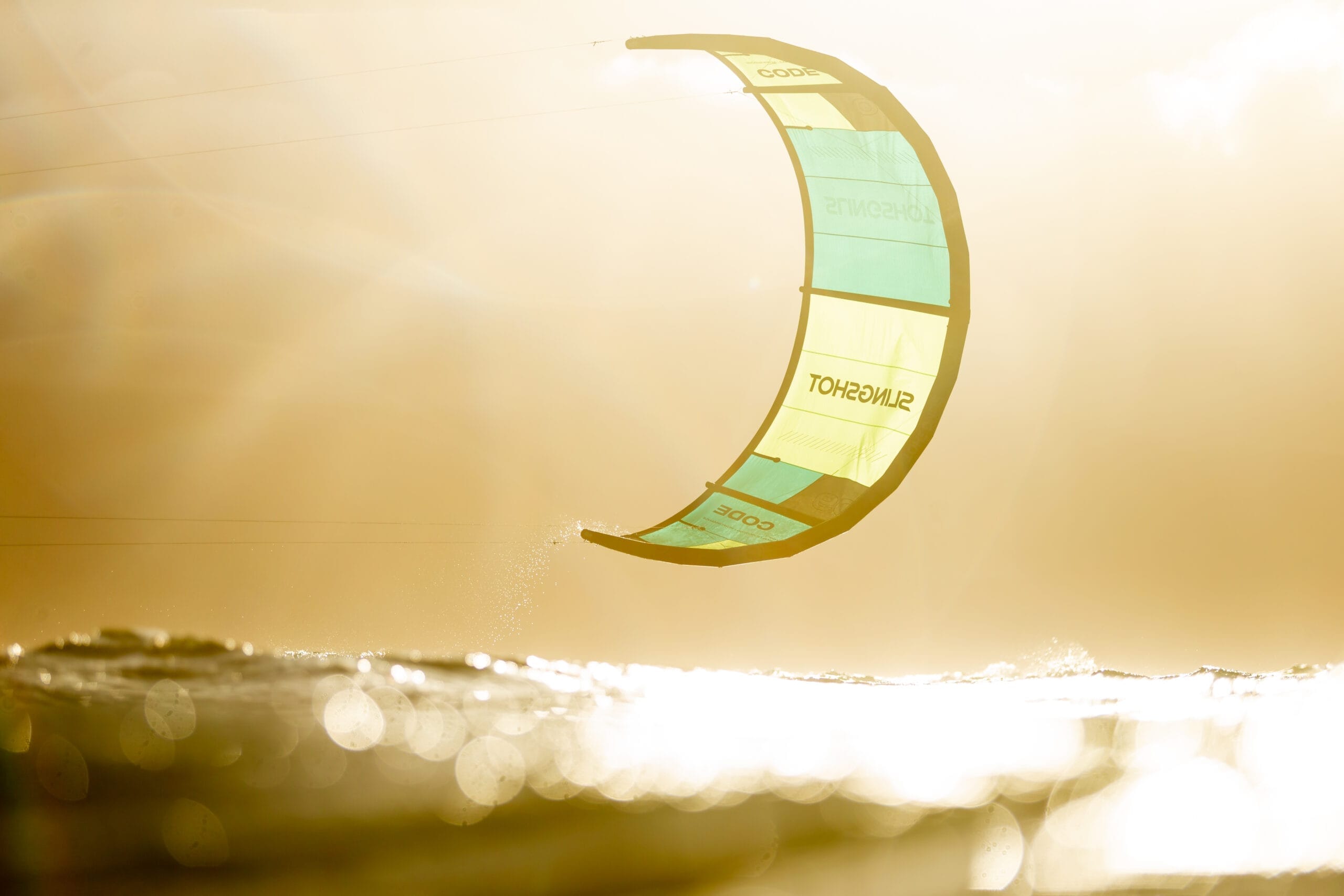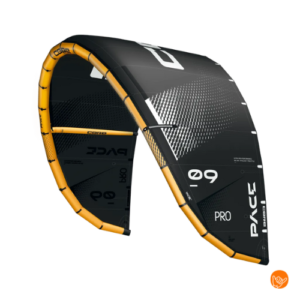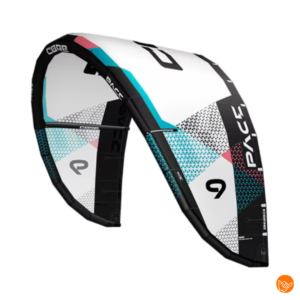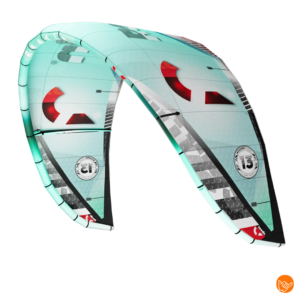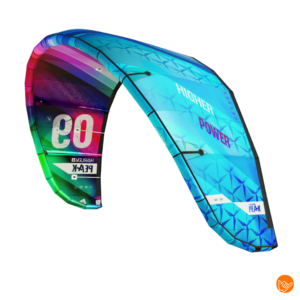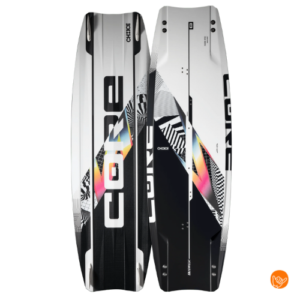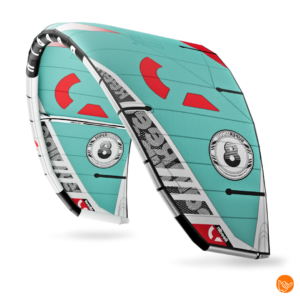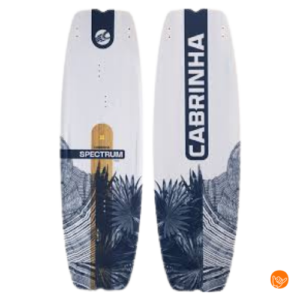A kitesurfing destination for beginners must meet specific safety criteria: shallow waters, wide beaches without obstacles, stable wind conditions between 12-18 knots, and the presence of accredited kitesurfing schools. The best beginner spots offer room to make mistakes without immediate danger, with sandy bottoms and few other water sports enthusiasts around.
What makes a kitesurfing destination suitable for beginners?
An ideal kitesurfing destination for beginners combines safe water conditions with ample practice space and professional support. The location should provide enough space to land and launch without obstacles such as rocks, piers or crowded swimming areas.
The essential characteristics of a beginner-friendly kitesurf spot are:
- Shallow waters where you can stand (at least 100 meters from shore)
- Sandy bottom with no sharp objects or reefs
- Wide beaches with at least 50 meters of space behind the waterline
- Limited tidal range that dramatically changes water depths
- Presence of other kitesurfers for safety and assistance
In addition, the availability of kitesurfing schools is crucial. These offer not only lessons, but also lifeboats and first aid for accidents. A good beginner spot always has professional instructors nearby who can help with problems.
What wind conditions are best for beginning kitesurfers?
Novice kitesurfers benefit from stable wind conditions between 12-18 knots from a consistent direction. This wind strength provides enough power to control the kite without being overwhelming, while the stability helps develop confidence and technique.
The ideal wind conditions for beginners are characterized by:
- Wind speed: 12-18 knots (22-33 km/h) for optimal control
- Wind direction: Side-shore or side-onshore wind blowing you back to the beach
- Stability: Minimal wind gusts and constant direction for several hours
- Weather conditions: Clear weather with good visibility and no thunderstorms nearby
Off-shore wind (from land to sea) is dangerous for beginners because it blows you away from shore. On-shore wind (from sea to land) can be too turbulent due to coastal obstacles. Side-shore wind offers the best balance between safety and learning experience.
For beginners, it is important to wait for the right conditions. Too little wind makes it difficult to keep the kite in the air, while too much wind (above 20 knots) can make the kite uncontrollable.
How do you recognize a safe kitesurfing location as a beginner?
You can recognize a safe kitesurfing location by the absence of hazards and the presence of safety equipment. Always check the area thoroughly before entering the water, and ask local kitesurfers for advice on specific risks.
Important safety checks for beginners:
- Obstacles: No piers, rocks, trees or buildings in the wind and kite direction
- Water depth: Minimum knee-deep water over a large area
- Current: No strong tidal currents or undercurrents
- Other water sports enthusiasts: Sufficient space between swimmers, surfers and boats
- Emergency exits: Multiple places where you can safely come ashore
Also watch for warning signs, flags or local regulations. Many kitesurf spots have specific zones where kitesurfing is allowed. Always respect these limits, as they are there for everyone's safety.
A good indicator of a safe spot is the presence of an active kitesurfing community. Experienced kitesurfers choose their spots carefully and can alert you to hidden dangers.
What are the best kitesurfing destinations in the Netherlands for beginners?
The Netherlands offers excellent kitesurfing spots for beginners, especially along the North Sea coast and in Zeeland waters. These locations combine safe conditions with good facilities and accessibility for new kitesurfers.
Top beginner spots in the Netherlands:
- Wijk aan Zee: Wide beach, steady winds, multiple kitesurfing schools
- Scheveningen: Accessible, good facilities, active kitesurfing community
- Vrouwenpolder (Zeeland): Shallow waters, less pressure, ideal for first lessons
- Workum (Friesland): Sheltered waters of the IJsselmeer, safe for beginners
- Brouwersdam: Both sides of the dam offer different wind conditions
These locations all have licensed kitesurfing schools, rescue facilities and ample parking. They also offer the option of renting equipment, which is ideal for beginners who do not yet have their own equipment.
Many of these spots have specific beginner areas where experienced kitesurfers consider learning athletes. This creates a safe learning environment where you can develop your skills without stress.
How do you choose the right kitesurfing school at your chosen destination?
Selecting the right kitesurfing school is crucial for a safe and effective learning experience. Look for schools with recognized certifications, experienced instructors and a good reputation in the local kitesurfing community.
Important criteria when choosing a kitesurfing school:
- Certifications: IKO (International Kiteboarding Organization) or VDWS certified instructors
- Instructor-student ratio: Maximum 1:4 for group lessons, 1:1 for private lessons
- Equipment quality: Modern, well-maintained kites and boards from well-known brands
- Safety protocols: Lifeboat available, first aid training, communication equipment
- Curriculum: Structured curriculum that combines theory and practice
A good kitesurfing school always starts with theory lessons on wind, safety and equipment before you get in the water. They have different kit sizes available for different wind conditions and body types.
Ask for references and read online reviews from other students. A professional school is transparent about cost, class time and what is included. They also don't push you to buy expensive equipment right away, but advise on rental options.
For beginners taking their first steps into the kitesurfing world, it is wise to explore several options before investing in your own equipment. With a flexible subscription you can try out different kites and boards to discover what best suits your level and riding style. You can also try your put together a set based on the experience you gain during lessons. Do you have specific questions about the best equipment for your chosen kitesurfing destination? Then please Get in touch on for personalized advice.

